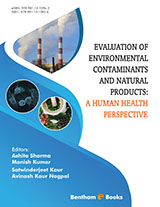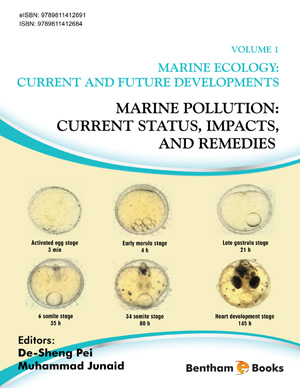Abstract
India is a mega-biodiverse country, home to nearly eight per cent of the world’s total recorded species of plants and animals. The conservation of our heretic biodiversity, sustainable utilization of its resources and access and benefit sharing of its bioresources by the statutory biodiversity management committees (BMC) and selfhelp groups at local level is a remarkably replicable model. Participatory, local level traditionally linked, viable alternative methods are employed to conserve our precious bioresources and some of the successful models can be identified at local level which can be duplicated across the world for the management of biodiversity. Biodiversity can be aligned with the livelihood primarily in terms of their dependence for food, medicine and shelter and subsequently trade and economic needs. By our successful models, local people support rather than resist efforts to protect wildlife and biodiversity. Some of the models include Common man’s Tuber conservancy from Wayanad, Kerala, conservation and trade of millets by poor Dalit women (The millet sisters) from Medak district of Telengana State, ABS from broom grass employed by BMC of Raipassa, a small tribal village of Tripura State. BMC of Pithorabad established organic wheat marketing linked to local livelihood, BMC, Eraviperoor employed best practise agriculture, and livelihood developments in Modi (Jheri) Village in Asifabad District of Telengana. Sustainable marketing practice established by BMC of Sikaribari from Tripura, sustainable trade and ABS for Medicinal plant resource trade by BMC of Kalmegh and neem leaf trade by Andhra SBB are some of the replicable models. People’s artificial reefs for sustainable livelihood for fisher folks of Kerala, sustainable trading of snake venom by Irula tribal Cooperative society, trade and sustainable conservation of environmentally acclaimed Ongole breed's successfully to many countries, and ABS employed by Indian Institute of Oil Research accessed microbial bio resources for insect pest and plant disease management of crops, are noteworthy.
Keywords: ABS, BMC, Livelihood model, Local level conservation.









